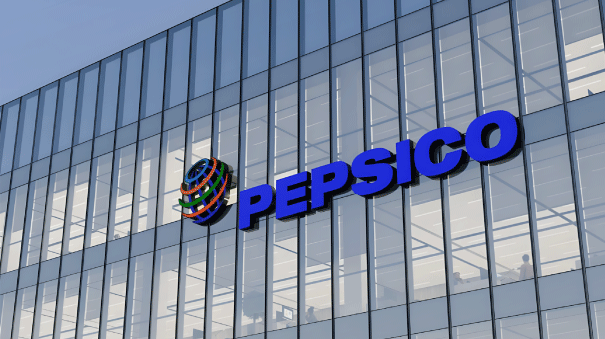Introduction
As business processes are becoming highly digitized, Hybrid Cloud adoption has become a strategic necessity to optimize IT infrastructure. Enterprises today leverage both public and private cloud resources alongside on-premises infrastructure to gain scalability, flexibility, and control. But with this complex blend of environments comes a new challenge: how do you effectively monitor it all?
Enterprises need a remote monitoring strategy that keeps pace with their hybrid ecosystems. A unified approach to hybrid cloud monitoring is critical for maintaining performance, security, and visibility across distributed systems.
Why Hybrid Clouds Need Unified Monitoring?
Hybrid cloud architectures combine public cloud platforms like AWS and Azure with private or on-premises environments. This fusion introduces several monitoring challenges:
- Complexity: Systems run across multiple platforms, networks, and geographies.
- Visibility Gaps: Traditional tools often provide siloed insights, making it hard to get a complete picture.
- Performance Risks: Without unified remote IT infrastructure monitoring, issues like latency, bottlenecks, or downtime can go undetected.
- Security Concerns: Inconsistent monitoring increases vulnerability to breaches and compliance failures.
To ensure seamless operations, organizations must adopt a hybrid cloud monitoring service that bridges these gaps and ensures end-to-end observability.
Key Components of a Unified Remote Monitoring Strategy
1. Centralized Monitoring Dashboard
A unified, single-pane-of-glass dashboard helps IT teams monitor every element—cloud workloads, on-prem systems, networks, and applications—in real time.
2. Cross-Platform Compatibility
Modern enterprises operate in mixed environments. A robust remote monitoring service provider supports AWS, Azure, GCP, private clouds, containers, and legacy systems under one platform.
3. Real-time Alerts & Notifications
Proactive alerting reduces incident response time. Instant notifications ensure critical issues are addressed before they escalate.
4. Integrated AIOps and Automation
With AIOps, organizations can automate repetitive tasks, identify anomalies faster, and optimize resource usage—an essential for scalable hybrid cloud management.
5. Security & Compliance Tracking
Built-in audit trails, policy enforcement, and compliance reporting help maintain regulatory standards, making it easier to pass audits and ensure data integrity.
Steps to Building Your Unified Monitoring Strategy
1. Assessment and Discovery
Begin with a full infrastructure assessment. Identify the cloud services, on-prem assets, applications, and user behaviors to monitor. Focus on metrics that matter—uptime, latency, usage patterns, and vulnerabilities.
2. Customized Monitoring Design
Design a framework tailored to your business. Define KPIs, SLAs, and alert thresholds for your remote infrastructure monitoring services to reflect your organization’s priorities.
3. Deployment and Integration
Deploy tools that seamlessly integrate into existing ecosystems. Set up dashboards, enable log collection, and configure workflows that align with operational goals.
4. Ongoing Optimization and Support
Unified monitoring is not a one-time task. Ongoing reviews, performance tuning, and 24/7 remote monitoring services are critical to keep the environment optimized and future-proof.
The Importance of Wepsol’s Expertise in Hybrid Cloud Monitoring
At Wepsol, we specialise in providing customised hybrid cloud management services supported by a service-led approach. Our team combines technical expertise with a thorough understanding of business needs to deliver monitoring solutions that are scalable, secure, and proactive.
Case in Point:
A mid-sized company using AWS and an on-prem VMware setup experienced frequent visibility issues. Wepsol implemented a centralized hybrid cloud monitoring platform, integrated it with their existing ticketing system, and automated issue detection. The outcome? A 40% reduction in downtime and quicker incident resolution within three months.
From implementation to optimization, Wepsol assists businesses in simplifying complex infrastructure and gaining actionable insights.
Conclusion
As hybrid environments become the new norm, a unified remote monitoring strategy is no longer optional—it’s essential. By integrating centralised visibility, automation, and expert support, organizations can confidently oversee their IT landscape. Looking ahead, trends like predictive analytics, AI-driven incident response, and deep cloud-native integration will shape the future of hybrid cloud monitoring services. The time to act is now.
Frequently Asked Questions
What is unified remote monitoring in hybrid cloud environments?
Unified remote monitoring is a strategy that offers centralized visibility and control over both cloud-based and on-premises infrastructure using integrated tools and dashboards.
Why is unified monitoring important for hybrid cloud infrastructures?
It helps address complexity, maintains performance consistency, enhances security posture, and reduces operational silos.
Why is unified monitoring important for hybrid cloud infrastructures?
Wepsol provides remote monitoring services customised for your hybrid setup, integrating AIOps, real-time alerts, and compliance tracking to streamline operations.
Why is unified monitoring important for hybrid cloud infrastructures?
By implementing cross-platform tools, offering expert support, and continuously refining your monitoring setup, Wepsol ensures seamless, secure hybrid cloud operations.

